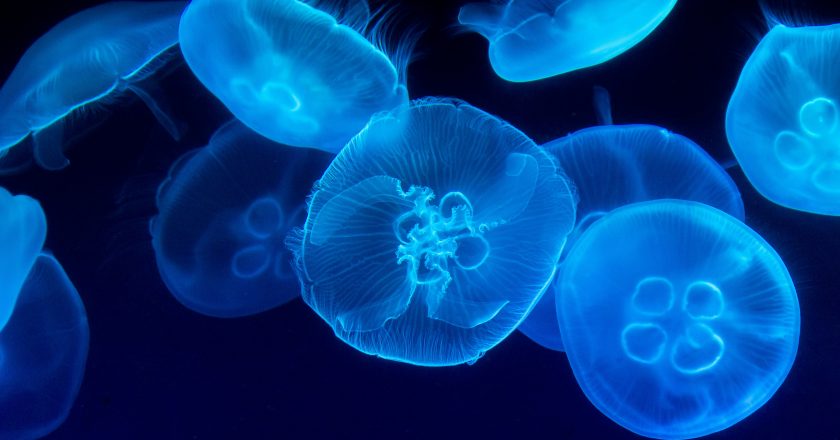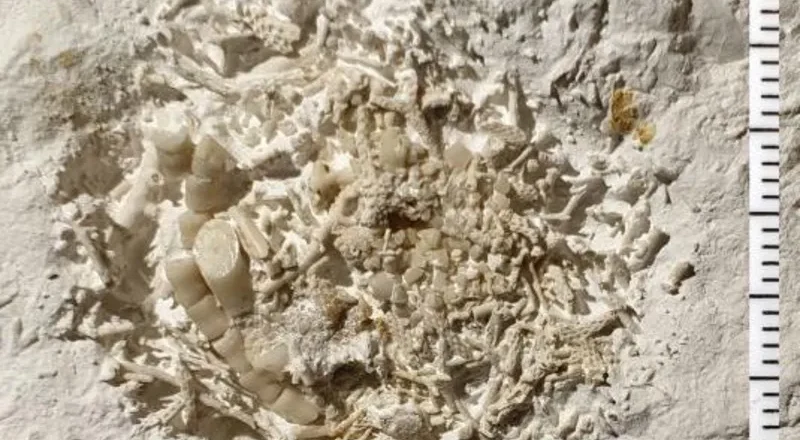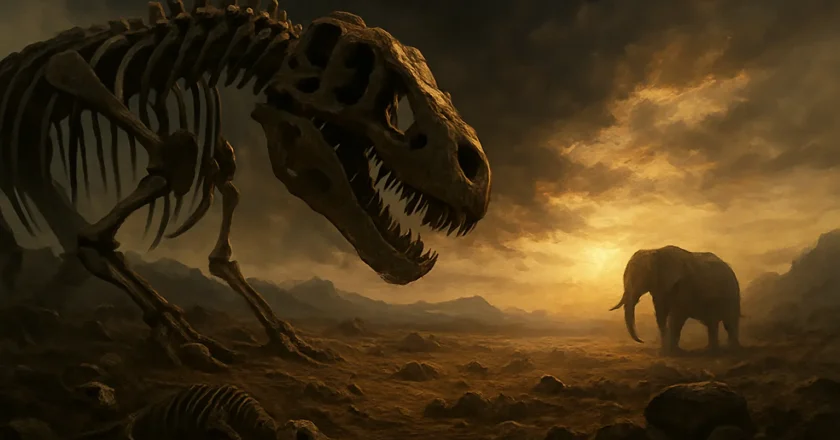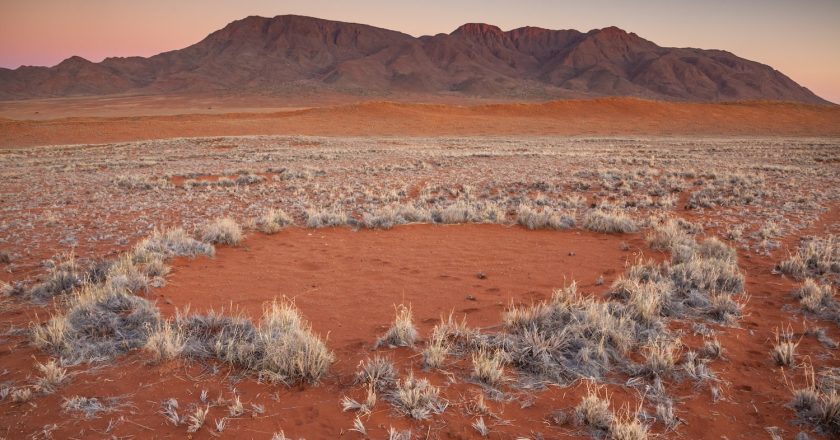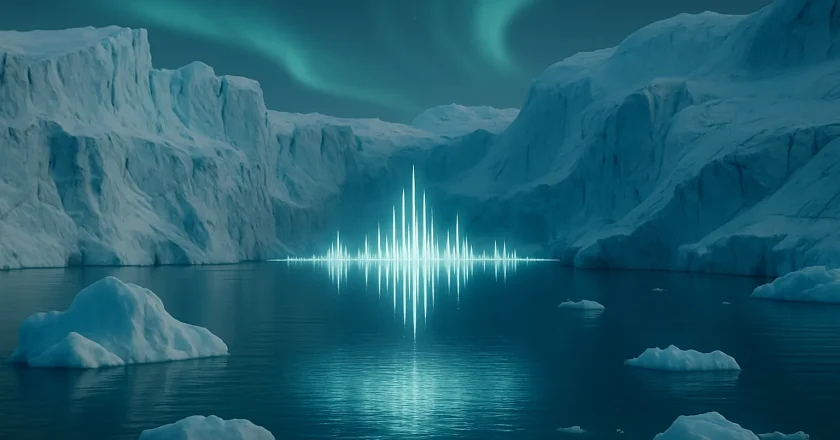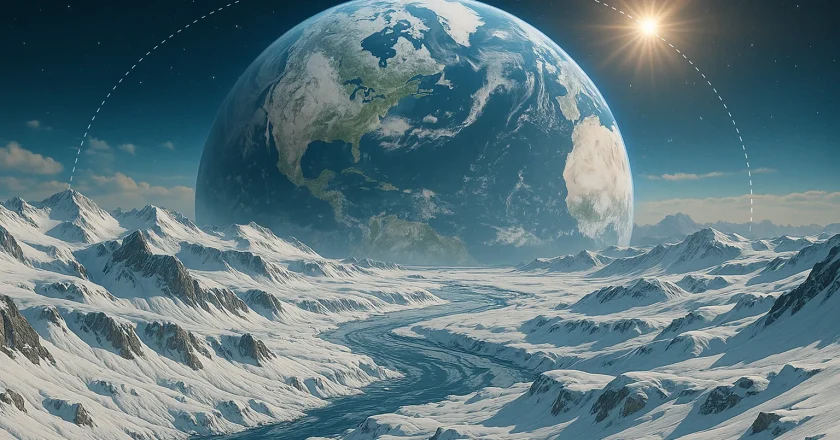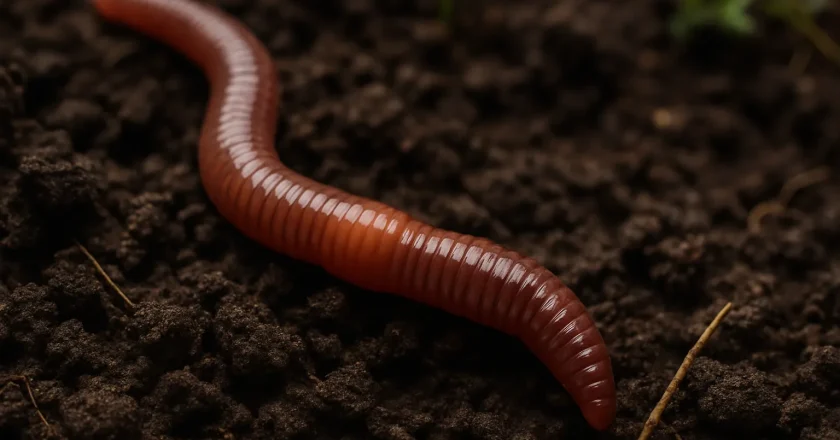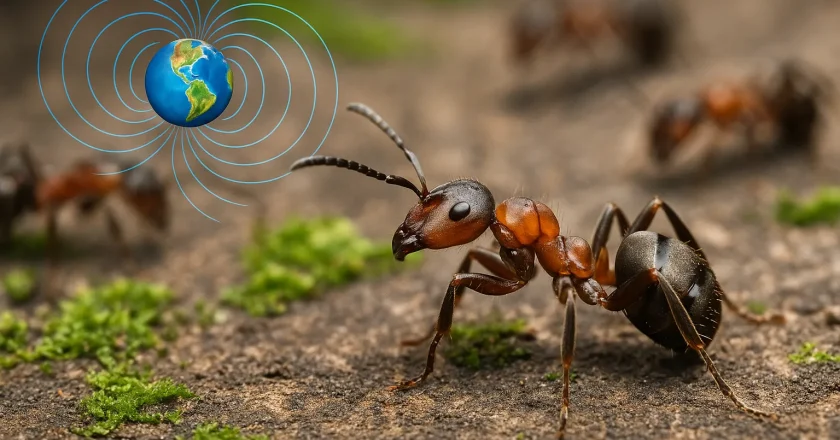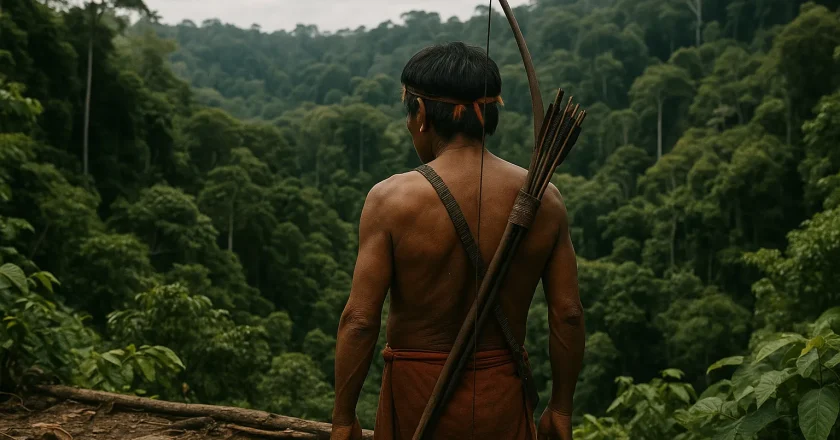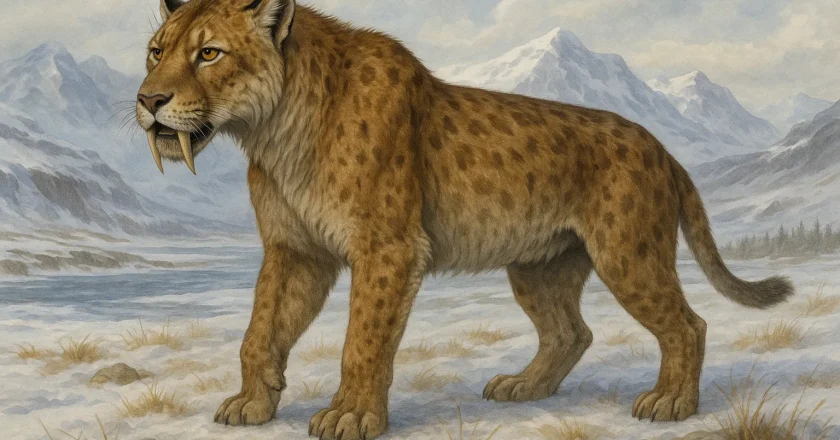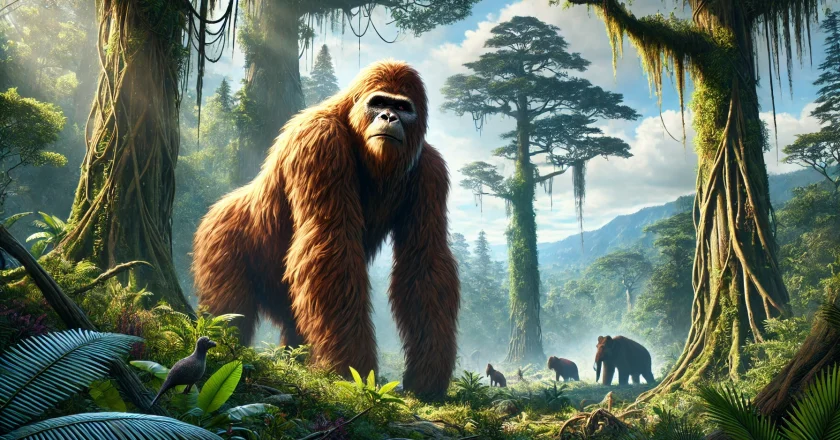The Great Displacement: How Climate Migration Will Reshape the Global Map and Urban Life in the Next Century
For most of human history, migration unfolded slowly—driven by trade, conquest, or the search for fertile land. But the 21st century is introducing a new, unprecedented force that will uproot millions: climate change. As oceans rise, farmlands fail, heat becomes dangerous, and storms intensify, humanity is entering an era of mobility unlike anything civilization has ever experienced.
This is not a distant dystopian theory. It is happening now. From sinking islands in the Pacific to desertifying regions in Africa and South Asia, from wildfire-ravaged communities in North America to coastal cities confronting the inevitability of rising seas, entire populations are already on the move.
The next 100 years will not simply be defined by climate change—they will be defined by climate migration...


